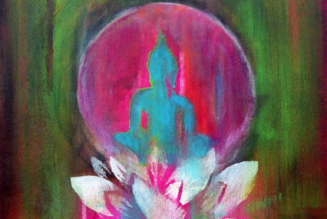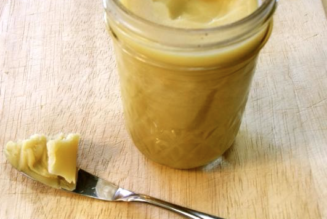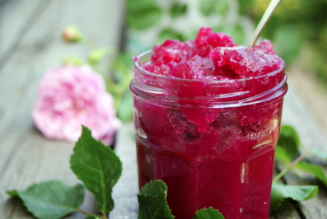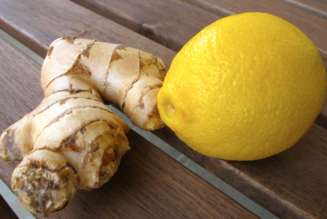Disclaimer:
All content included on this website (including, but not limited to, images, photos, graphics and text) is the property of ‘Healthy Ayurveda’ and ‘Vedic Sage’ and as such is protected by US and international copyright and other intellectual property laws.
AYURVEDA ~ The Basics Made Simple!!
The word “Ayurveda” literally means ‘the knowledge of life’. Although the exact age of Ayurveda is not known, it’s thought to span back several millennia. The texts of Ayurveda explain its origin as being a transmission of knowledge upon enlightened beings [rishis] at a time of increased illness and suffering in the world. This transmission of knowledge was solely to help uncover the deepest truths for easing the suffering of mankind.
Charaka, the ancient seer of Ayurveda, states that “the individual is the epitome of the universe”. This implies that – that which exist in the vast eternal universe also appears within the inward cosmos of the human body.
Let’s Look @ The Relationship Between:
– The 5 Great Elements
– 20 Qualities
– 3 Doshas

Humans are the perfect example of the universe because we are the microcosm of the universe and made of the very elements for which the entire universe is made from and these elements are referred to as “Panchamahabhutas” … translated as ‘The 5 Great Elements’.
– ether provides spaciousness which ‘allows’ for movement
– air provides the driving force behind all movement
– fire represents and symbolizes transformation and illumination
– water is lubricating, provides mositure and is cooling
– earth provides structure, form and stability
Click For More Info On ‘The 5 Great Elements’
GUNAS – THE 20 QUALITIES
In Ayurveda, we say each substance [i.e. matter] has ‘gunas’ or characteristics/qualities which distinguish it from other substances. Vagbhat who wrote Ashtanga Hridayam composed all the gunas into a shloka, so it could be easily remembered. The shloka has only 10 gunas mentioned, but when one knows their opposites, one can remember all the 20 gunas.
Guru Manda Hima Snigdha
Slakshna Sandra Mridu Stiraha
Gunaha Susukshma Vishada
Vimshati Sa Viparya yaha”
(Ashtanga Hrydayam Sutrasthanam Ch. 1:18)
Translation:
“Heavy, Slow, Cool, Unctuous, Smooth, Dense, Soft and Stable: These qualities, along with subtle and clear and their opposites comprise the 20 qualities.”
– Dusabatva: ability to corrupt dhatu/bodily tissue
– Arambhakatva: the ability to generate disease
– Prakrtyarambhakatva: ability to determine one’s constitution
Prakruti ~ One’s Constitution
Our unique constitution is known as “prakruti” ,or rather, our constitution at birth.
The Doshas
According to the ancient teachings of Ayurveda, there are three doshas called vata, pitta, and kapha. Each of the three doshas are present throughout the body and the principle that recognizes that each human being is born with unique combinations of predominant qualities. Essentially, doshas govern our physiology and all activities of the body, mind, and emotions.
Vata, pitta and kapha move in the whole body producing good or ill effects upon the entire system according to their normal or provoked states. Their normal state is prakrti and their abnormal state is vikrti. – Caraka Samhita Sutrasthana Ch. 17 su. 62
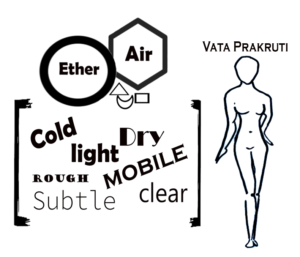
Vata individuals are made primarily of the air element and therefore, just like the wind, are always moving. Due to the ‘air’ element, vata types often experience cold, dry, light, and mobile qualities. Often imbalances of vata individuals are dryness, pain, irregularity, nervous imbalance, weight loss, irregular digestion, increased anxiety and worry, and insomnia.
Therefore, from a simple perspective, management for vata types is centered around principles of:
– Warming
– Moistening and
– Weight promoting
Management Of Vata:
Several considerations for helping to balance vata types:
– eat more warm, brothy and easily digestible foods
– eat at regular times to help promote balance in life
– avoid stimulating foods [i.e. coffee, tea, tobacco and spicy foods]
– avoid foods which are dry, cold, and light
– consider eating more ‘healthy oils’ [ghee, flax, hemp, sesame]
TASTES:
Our modern view of nutrition is primarily viewed in the form of carbohydrates, protein, fats, and minerals. Ayurveda, on the other hand, has always had a unique perspective of food as being medicine. Each item of food according to Ayurveda is considered to have a unique combination of elements [ether, air, fire, water and earth] and therefore has different tastes. These tastes then go on to have other influences such as being heating or cooling upon the body.
Sweet, Sour & Salty tastes tends to reduce vata dosha.
The very first thing which should come to mind when thinking of pitta is the brilliant blaze of fire. Pitta types are hot, fiery, oily, and intense and often experiences imbalances such as intense acidity, irritability, inflammation, loose stools, fever with nausea.
Therefore, management for pitta types is centered around:
– Cooling
– Calming and
– Moderation
Management Of Pitta:
Several considerations for helping to balance pitta types:
– Eat foods which are cool and refreshing
– Avoid foods which are sour, salty, pungent and spicy
– Dairy milk, butter, and ghee are often beneficial for pacifying pitta
– Drink more water and consider aloe vera to help cool down pitta
TASTES
Pitta types often are most balanced by sweet, bitter and astringent tastes as these are considered to be cooling and pacifying. 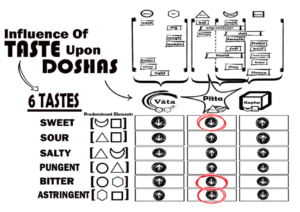
Sweet, Bitter & Astringent Tastes tends to reduce Pitta dosha.
When we think of kapha types we often think of loyal and compassionate individuals with a stable quality about them. This unique stability of kapha arises from the predominant elements of both water and earth which can also make kapha types vulnerable to cold, moist, slow and heavy characteristics. Kapha types, when imbalanced, often experience slow digestion, weight gain, congestion, edema, and poor circulation.
Therefore, management for kapha types is centered around:
– Warming
– Drying
– Lightening
Management Of Kapha
Simple considerations for helping to balance kapha types:
– Wake up early, be active and consider exercise daily
– Avoid sedentary lifestyle and daytime sleeping
– Avoid cold drinks and instead consider warm and spicy food and hot drinks
– Consider hot vegetable soups, kapha-reducing herbs
– Consider drinking hot water mixed with small amounts of honey
TASTES …
Kapha types often are most balanced by pungent, bitter, and astringent tastes as these tastes are considered to be drying and lightening in nature with catabolic actions.
Pungent, Bitter & Astringent Tastes Tends to Reduce Kapha Dosha.
DISCLAIMER:
All content included on this website (including, but not limited to, images, photos, graphics and text) is the property of ‘Healthy Ayurveda’ and ‘Vedic Sage’ and as such is protected by US and international copyright and other intellectual property laws.
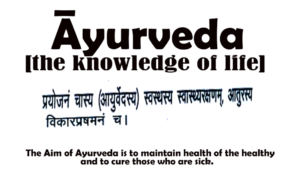
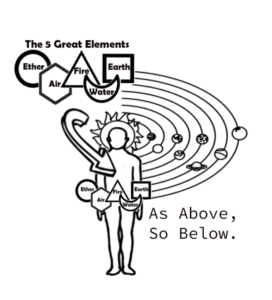
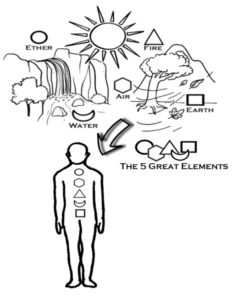

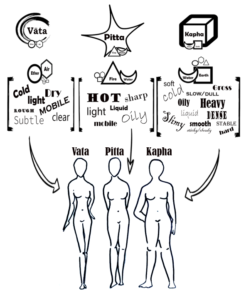
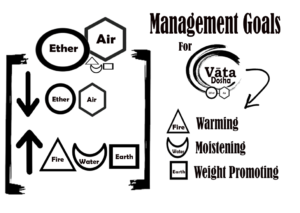
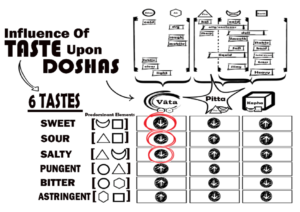

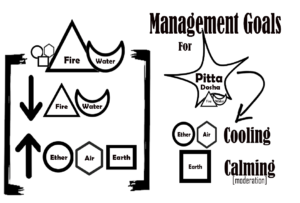
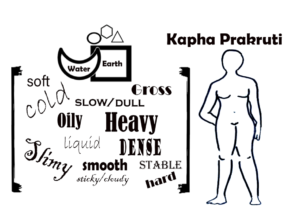
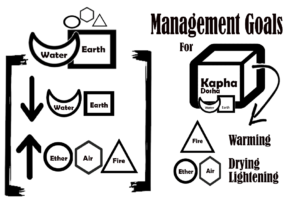
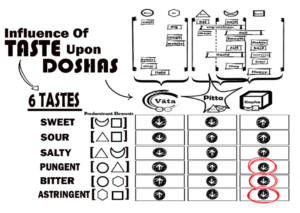
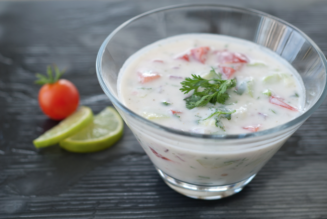

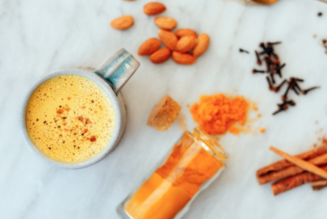
![Female Health: Amenorrhea [cessation of menses] – An Ayurvedic Perspective](https://healthyayurveda.com/wp-content/uploads/2015/07/1.-Amenorhea--327x219.png)
